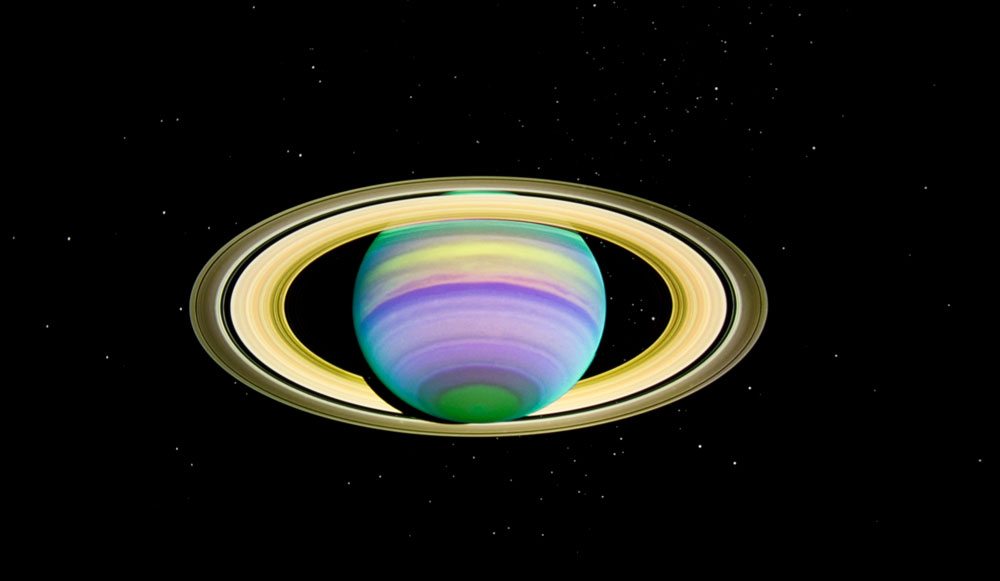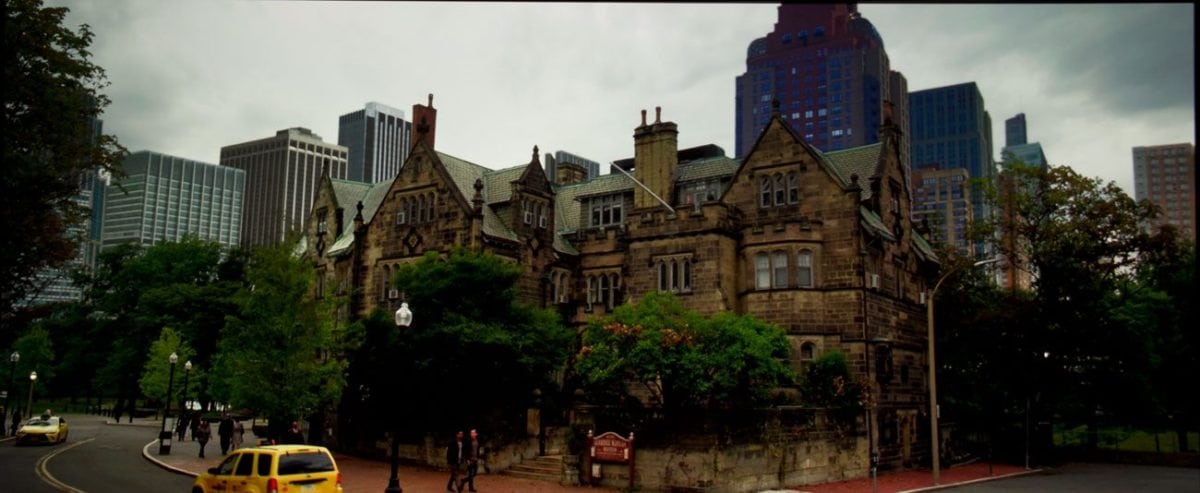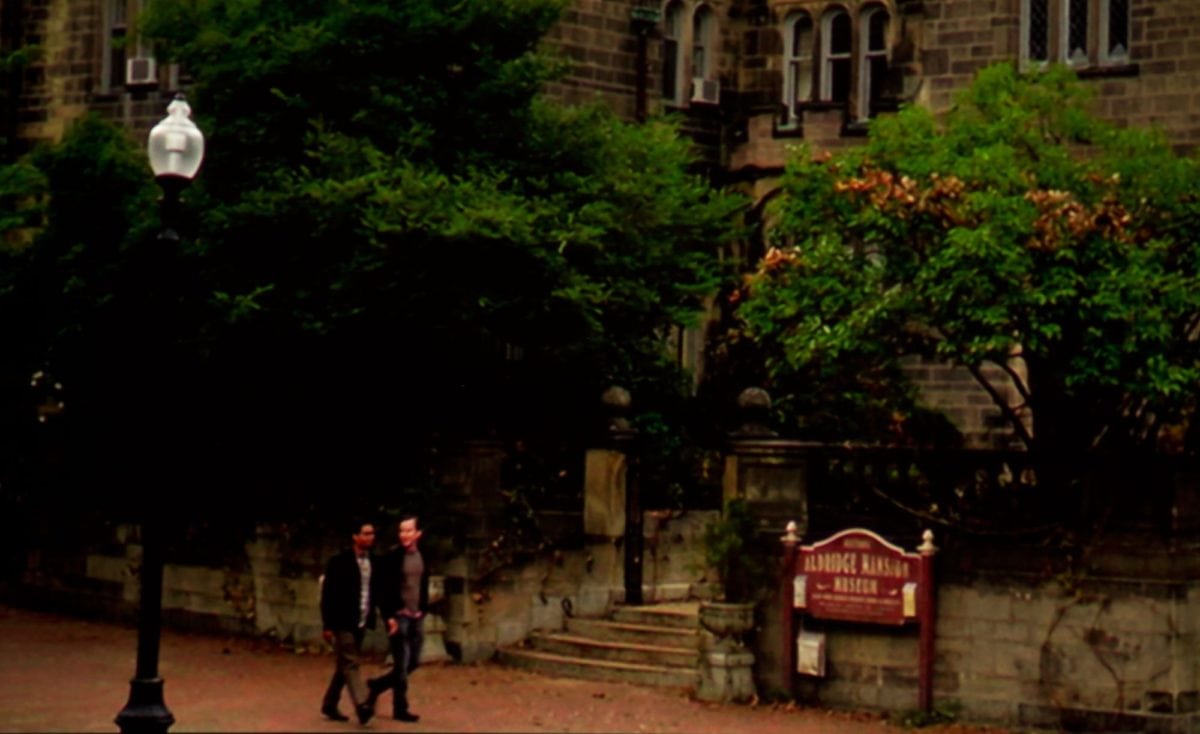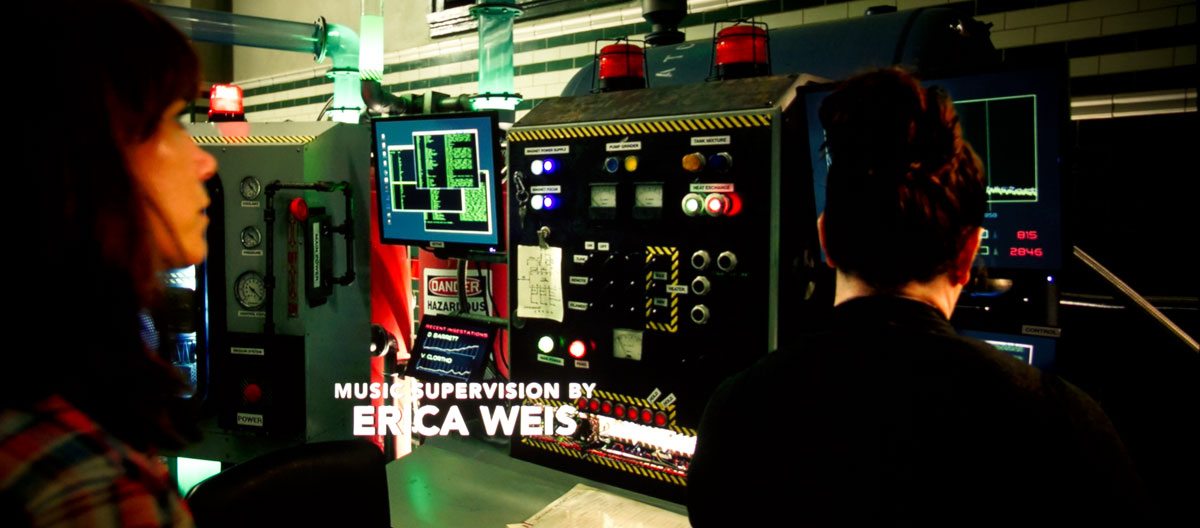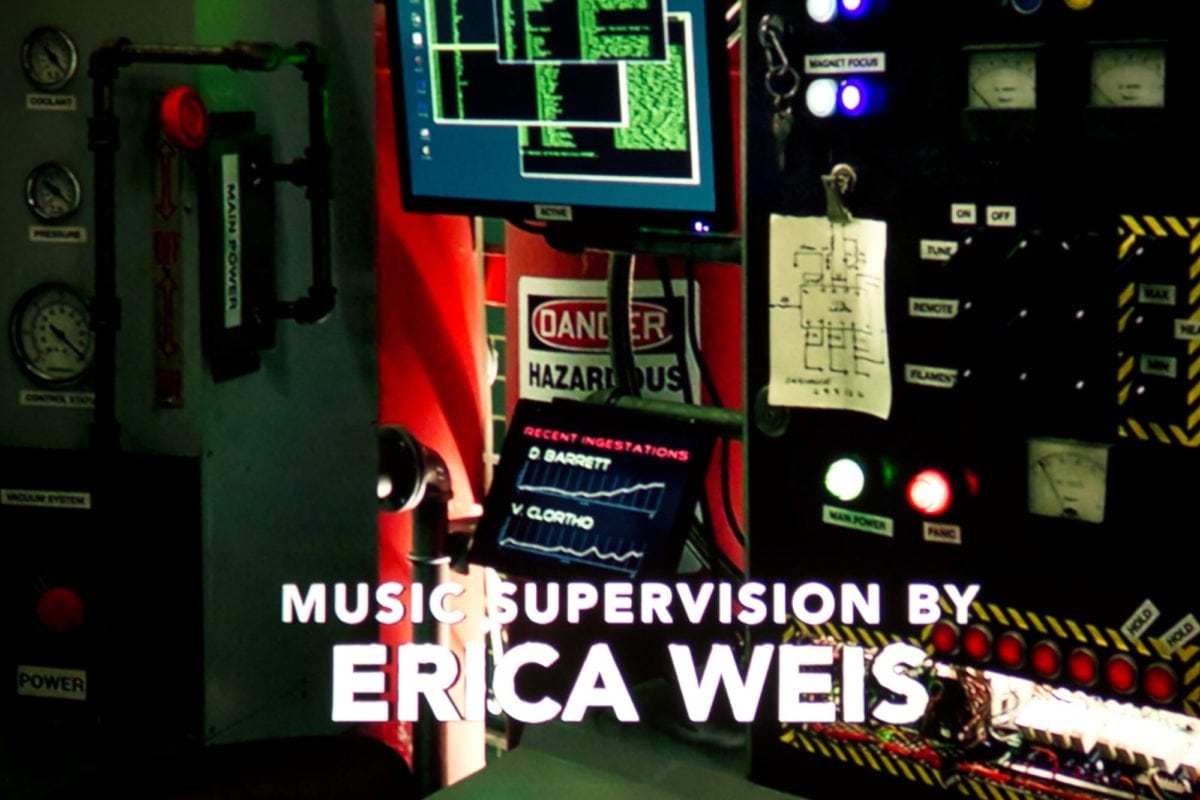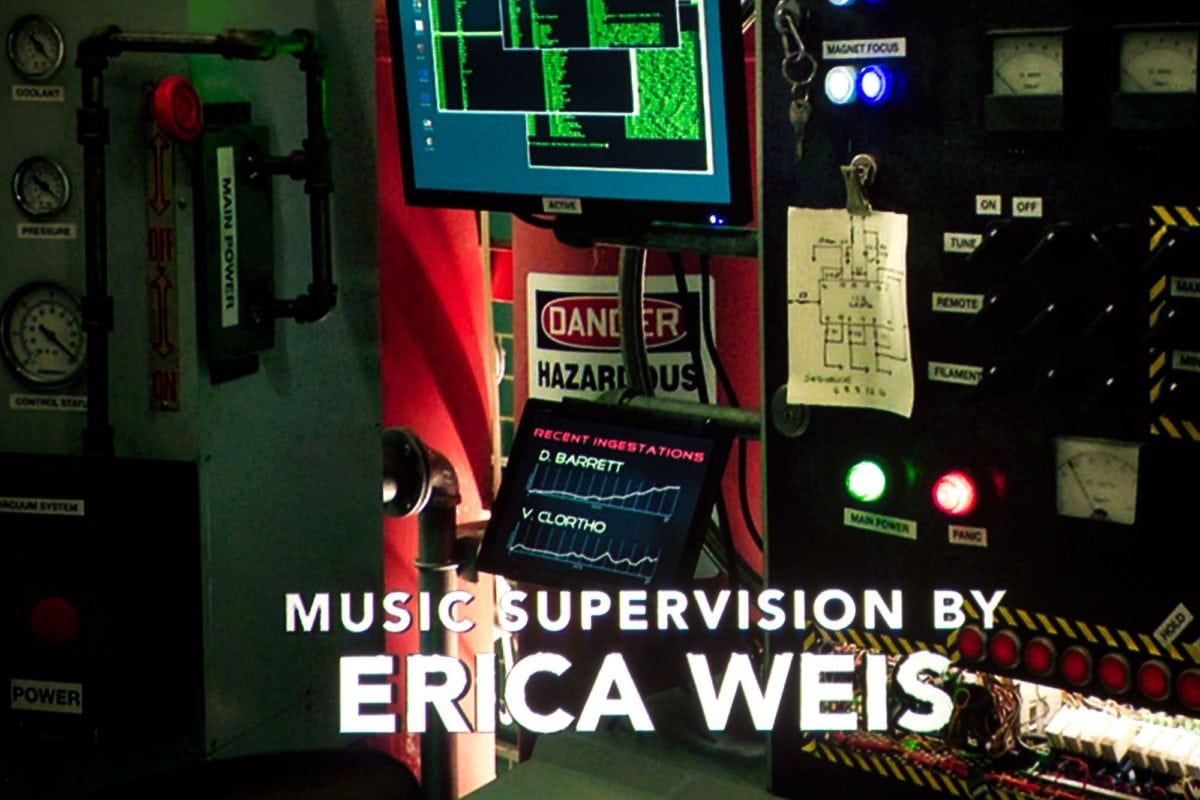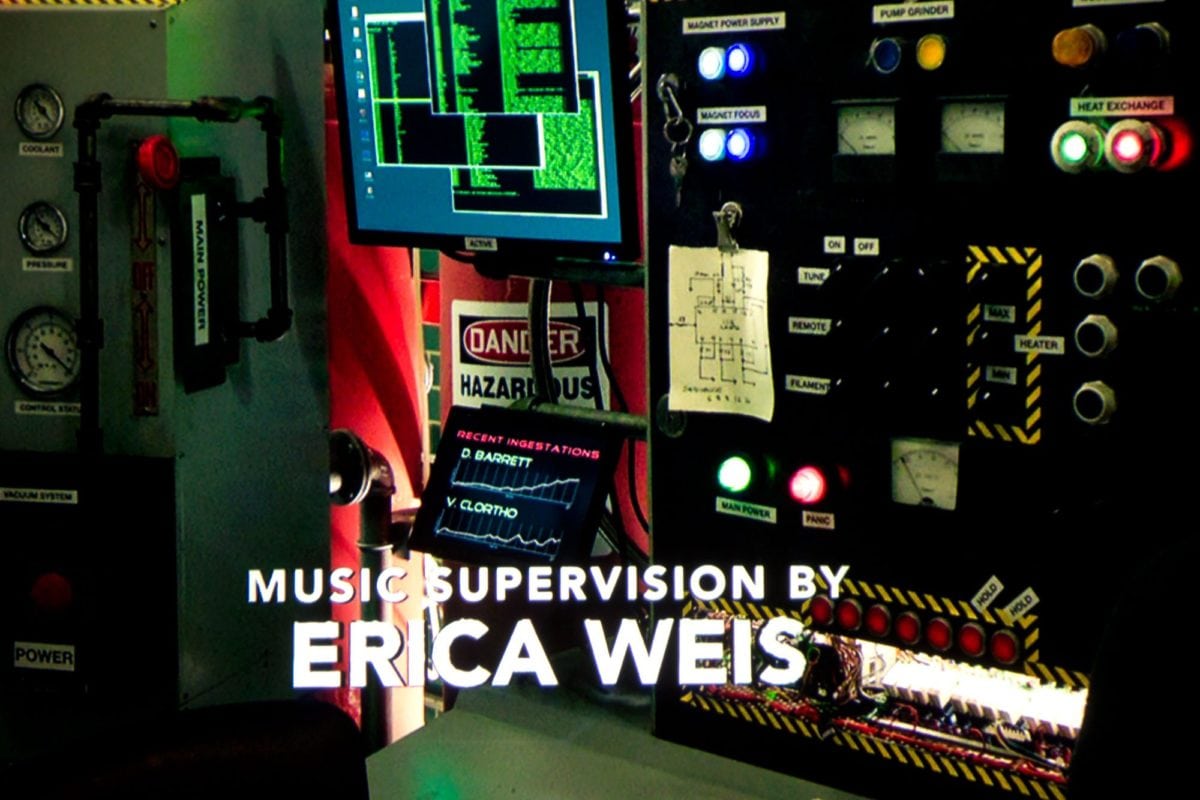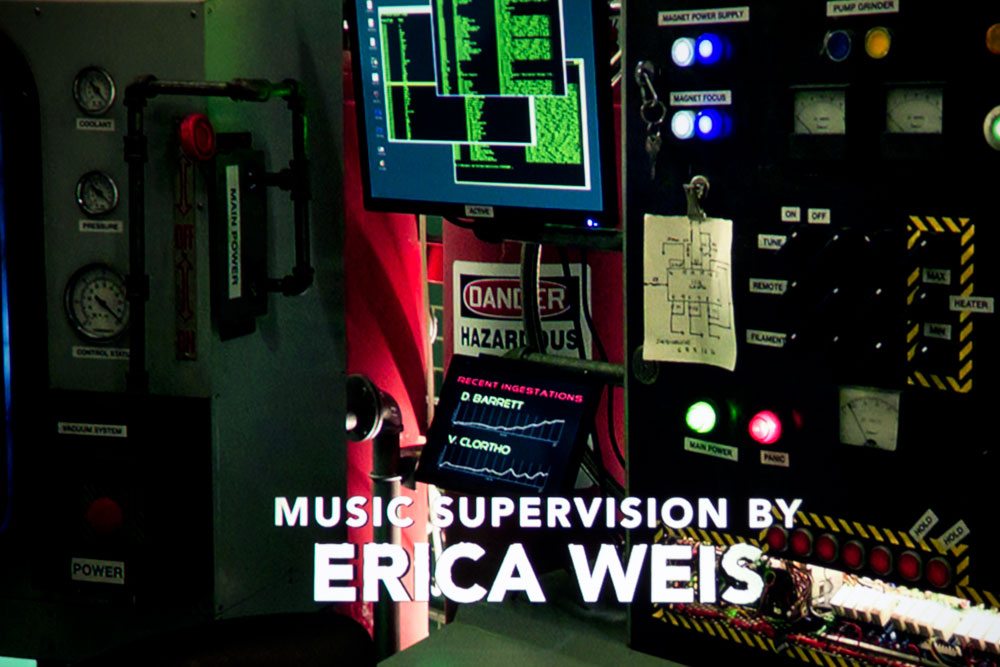I look at a few things for my comments on Image noise. Mostly however, I focus on two things. Mosquito noise, which is sort of background noise you can typically notice if up close on a bright scene with clouds but visible in many bright large areas. The other is panning artifacts, that is, motion noise. I normally do not mess with preset image noise controls.
The Acer seemed unusually good for a DLP when it came to the mosquito noise. That did impress me, as that extra noise is a minor DLP weakness as far as I can tell. As such I thought it better than most of the 4K UHDs that are piled up around here, etc.
As to the motion noise feeding the Acer the neighborhood panning scene a few minutes into the movie RED, I thought it was about typical, definitely a fair amount of judder: Trees, mailboxes, houses all shuddering as the pan continues. Sounds horrible, but the Acer was typically good, on this torture test. The Judder is obvious, but it's still better than the same scene on either of the 4K projectors Sony offers under $10K, (that scene and other pans of exactly this speed seems to be a Sony weakness). Fortunately for everyone Acer, Sony, etc.I've only found a few scenes that react this badly, and that's with some tips from some the community.
There are many other types of image noise, but on this and most projectors I'll report on other noise artifacts if they seem out of the normal.
Bottom line on image noise. Cleaner on mosquito noise, a good thing, but overall typical, which is fine in this day and age, after almost 20 years of image processing refinements (some of the latest, of course being 4K HDR content).





